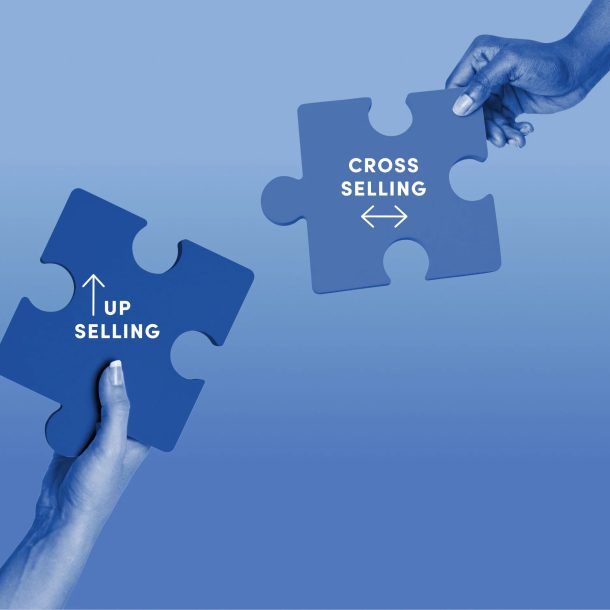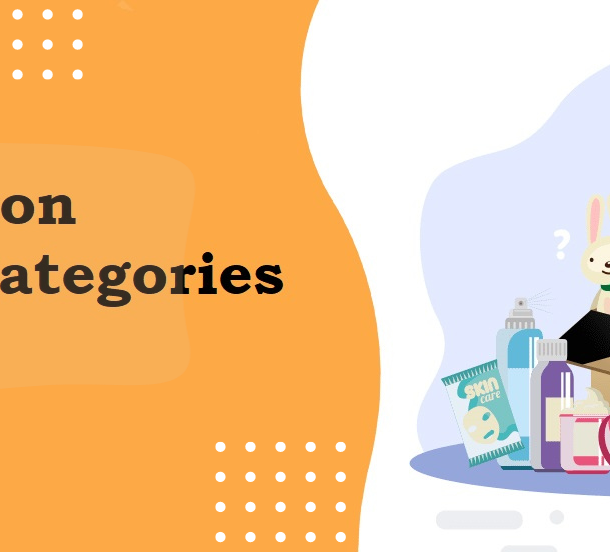
How to Reduce Cart Abandonment Across All Platforms
Cart abandonment is one of the most persistent challenges in eCommerce, with rates averaging between 60–80% across platforms. Whether you’re selling on Amazon, Shopify, Etsy, or your own DTC website, the strategies to reduce cart abandonment often share common principles. In this guide, we’ll break down proven methods to turn window shoppers into buyers—boosting conversions, revenue, and customer retention.
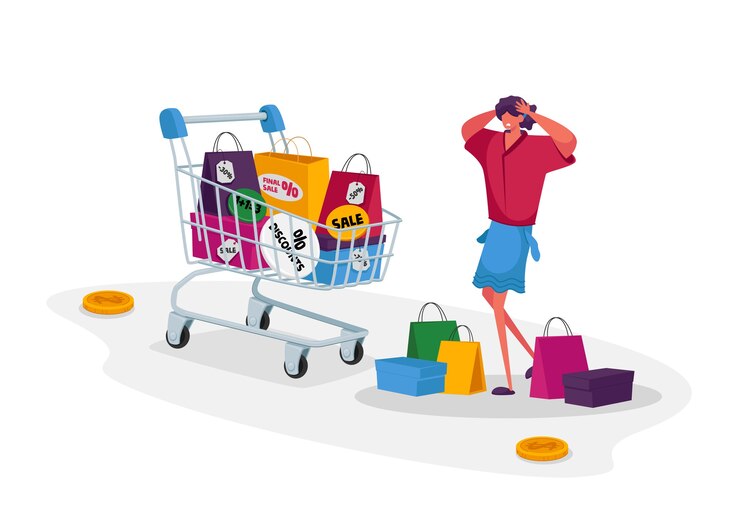
Understand Why Shoppers Abandon Their Carts
Before you can fix the problem, you need to know what causes it. The top reasons customers abandon their carts include:
Unexpected shipping costs
Complicated checkout processes
Lack of payment options
Concerns about product quality or legitimacy
No clear return policy
Distractions or indecision
According to Baymard Institute, nearly 50% of users abandon a cart due to extra costs like shipping and taxes. Addressing these issues directly within your checkout funnel can significantly improve conversion rates.
1. Streamline the Checkout Process
A complicated checkout process is one of the fastest ways to lose a sale. Here’s how to simplify it:
Enable guest checkout: Forcing account creation adds unnecessary friction. Allowing a guest option speeds up the process.
Auto-fill features: Use auto-complete for shipping and billing fields to reduce typing effort.
Limit form fields: Only ask for essential information. Every extra step increases the chance of drop-off.
Mobile optimization: Platforms like Shopify emphasize how critical it is to have a mobile-friendly experience, especially as mobile commerce continues to grow.

2. Be Transparent About Costs
Unexpected charges at checkout are the leading reason people bounce. Avoid this by:
Displaying shipping and taxes early in the process
Offering a free shipping threshold
Including a shipping calculator or estimator on the cart page
Even if you can’t offer free shipping, being upfront about costs builds trust and reduces surprises.
3. Offer Multiple Payment Methods
Giving customers flexibility at checkout increases the chances they’ll complete their purchase. Include:
Major credit cards (Visa, Mastercard, AmEx)
Digital wallets like PayPal, Apple Pay, or Google Pay
Buy Now, Pay Later (BNPL) options like Afterpay or Klarna
Platforms like Walmart Marketplace have expanded payment flexibility to meet consumer demand and reduce friction.
4. Establish Trust and Eliminate Doubt
When shoppers hesitate, it’s often due to concerns about legitimacy, security, or quality. Address these head-on:
Highlight customer reviews and star ratings
Add trust badges (SSL security, accepted payment logos)
Clearly communicate your return and refund policy
Use high-quality product images and accurate descriptions
Consider integrating social proof like user-generated content or influencer testimonials—particularly effective on platforms like Amazon via the Vine program.
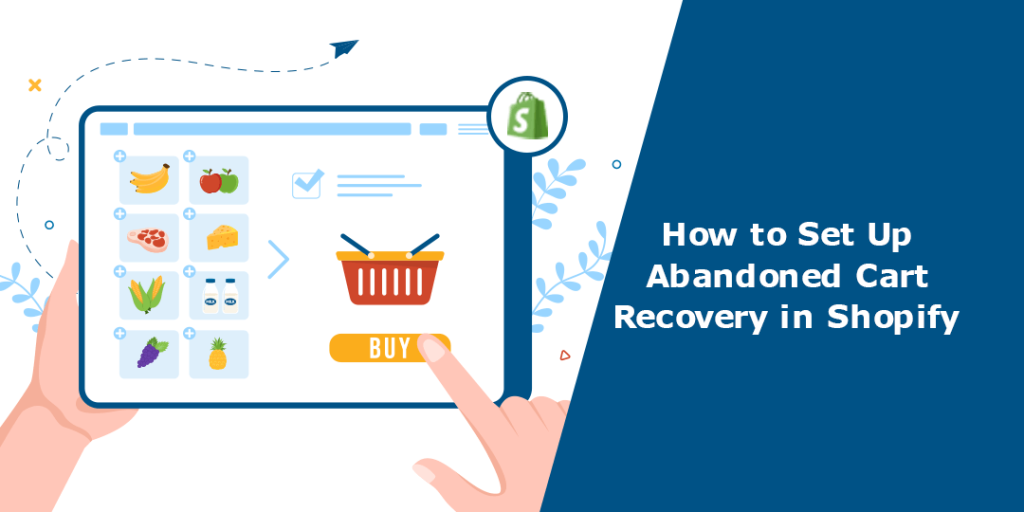
5. Use Cart Recovery Emails and Retargeting
Post-abandonment recovery tools are a powerful way to bring customers back. Build an automated email sequence that:
Reminds them of what they left behind
Offers a discount or free shipping
Adds urgency (e.g., “Only 2 left in stock!”)
You can also use retargeting ads through platforms like Facebook or Google to remind users of their abandoned items. According to Shopify, well-crafted cart recovery campaigns can recover up to 20% of lost sales.
6. Enable Save-for-Later and Wishlist Features
Sometimes shoppers are simply not ready to buy. Rather than losing them completely:
Offer a “save for later” or “add to wishlist” option
Follow up with reminders or price-drop alerts
Encourage them to create an account by offering exclusive wishlist perks
This approach keeps shoppers within your ecosystem and gives you another chance to convert.
7. Optimize Load Speed and Performance
A slow site kills conversions. Whether you’re using WooCommerce, BigCommerce, or Shopify, performance matters:
Compress images without compromising quality
Minimize scripts and plugins
Use a reliable hosting provider
Every second counts—Google research shows that bounce rates increase by 32% as page load time goes from 1 to 3 seconds.
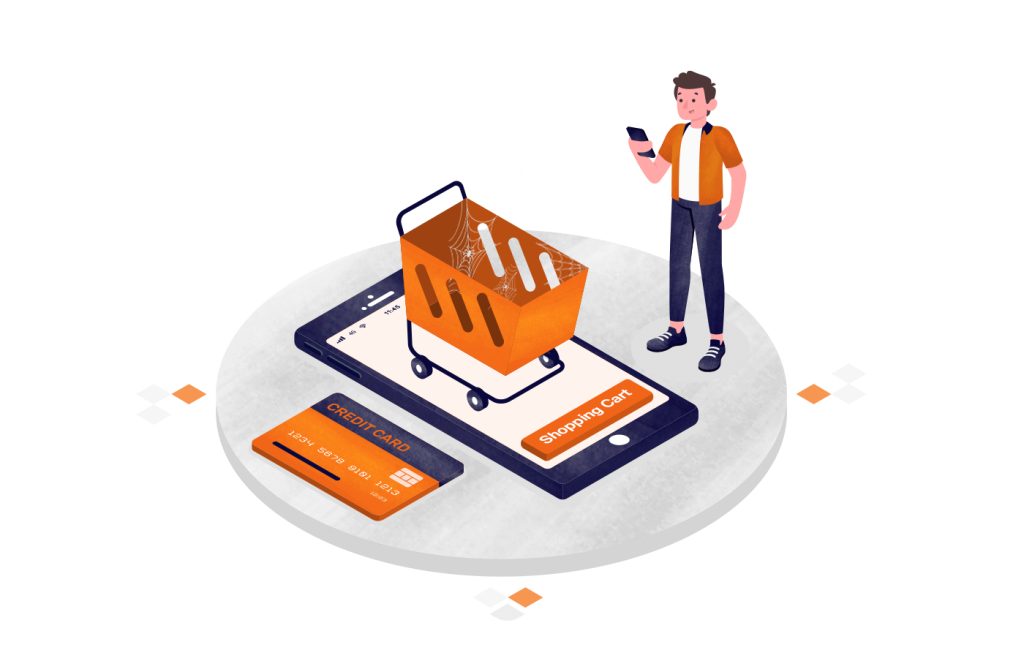
Final Thoughts
Reducing cart abandonment is about creating a seamless, trustworthy, and customer-focused shopping experience. From optimizing your checkout flow to launching strategic recovery campaigns, small tweaks can lead to major wins.
By implementing these cross-platform strategies and continuously A/B testing improvements, you’ll not only recapture lost sales—you’ll build a brand shoppers want to return to.

